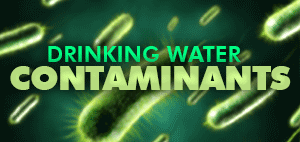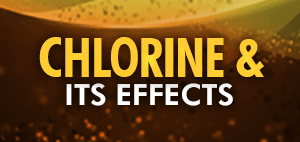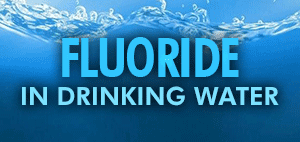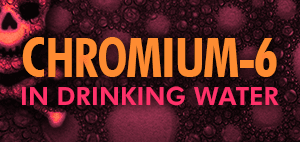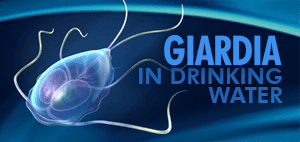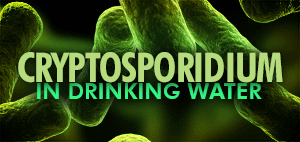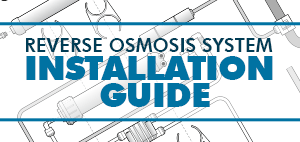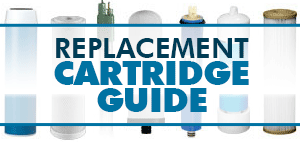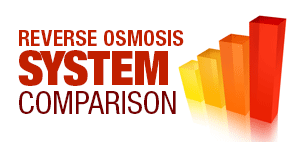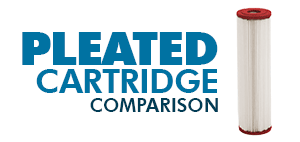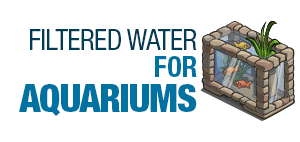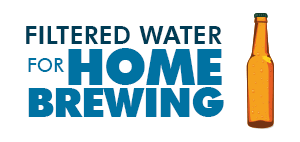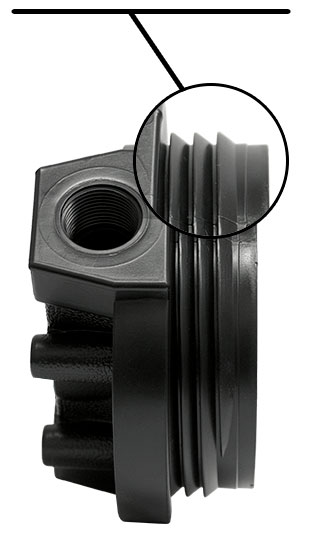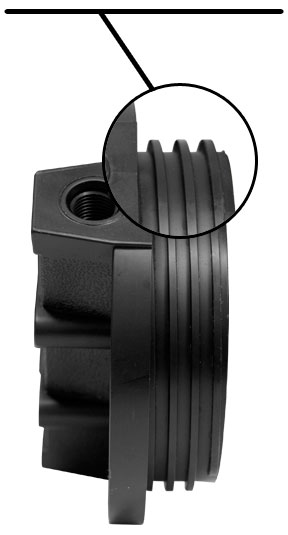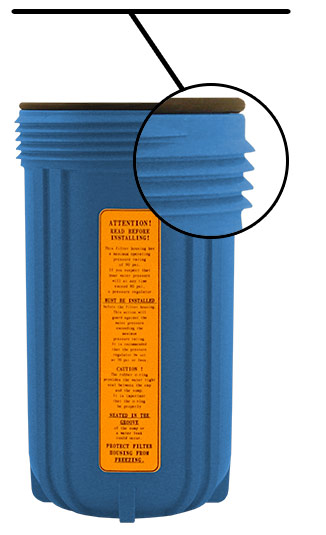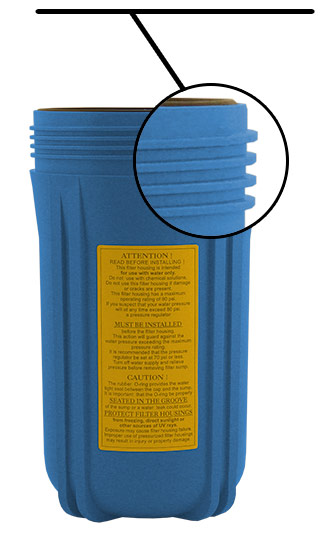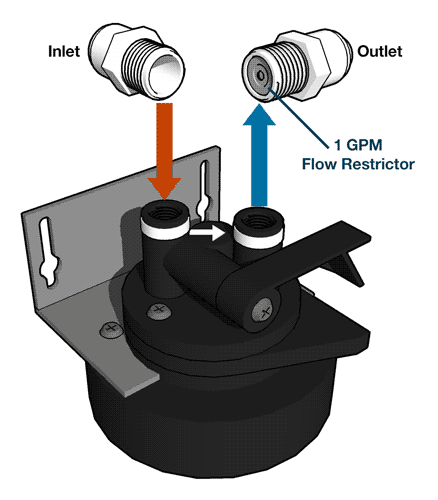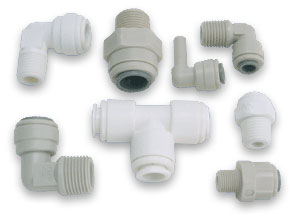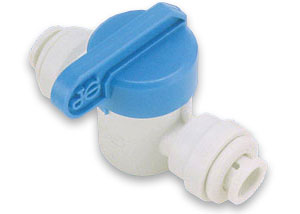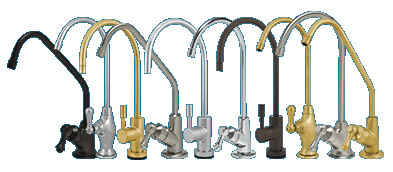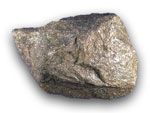
What is Nickel and Why Is It in My Water?
Nickel is a chemical element and abundant on Earth, most notably the planet’s iron/nickel core. It is used in the manufacter of many alloys and products such as stainless steel, ceramic paint, jewelry, kitchen ware, batteries, textiles and coins. Nickel is released into the enviroment by power plants, metal factories and waste incinerators. It is also used in fertilizers and enters groundwater from farm runoff. Nickel can be up 60% recyclable. The human body contains about 10 mg of Nickel.
What are the Health Effects of Nickel Exposure?
Nickel is necessary in many organism’s diets but can become carcinogenic and toxic in high doses. Women are more commonly allergic to nickel exposure than men. Exposure to skin can cause dermatitis upon contact.
When ingested through water, in small amounts, it is harmless to humans and in fact necessary in our diet. Inhalation of nickel is the greatest risk of developing health problems, as it becomes highly carcinogenic.
Does the EPA Regulate Nickel in Water?
The is currently no EPA enforced limit on nickel levels in water. Nickel was regulated by the EPA up until 1995, when the agency remanded the restriction and something they are currently reconsidering.
Nickel Removal From Drinking Water
Most systems with carbon block cartridges, granular activated carbon cartridges, and thin film composite membranes will reduce nickel levels in drinking water, like countertop, reverse osmosis, under sink, and most Everpure systems.
Reverse Osmosis Water Filters Under Sink Water Filters Countertop Water Filters Whole House Water Filters Everpure Systems and Cartridges Carbon Block Cartridges Granular Activated Carbon Cartridges
NSF 53, 58 or
62 Certified
From NSF.org
NSF/ANSI Standard 53: Drinking Water Treatment Units – Health Effects
Overview: Standard 53 addresses point-of-use (POU) and point-of-entry (POE) systems designed to reduce specific health-related contaminants, such as Cryptosporidium, Giardia, lead, volatile organic chemicals (VOCs), MTBE (methyl tertiary-butyl ether), that may be present in public or private drinking water.
NSF/ANSI Standard 58: Reverse Osmosis Drinking Water Treatment Systems
Overview: This standard was developed for point-of-use (POU) reverse osmosis (RO) treatment systems. These systems typically consist of a pre-filter, RO membrane, and post-filter. Standard 58 includes contaminant reduction claims commonly treated using RO, including fluoride, hexavalent and trivalent chromium, total dissolved solids, nitrates, etc. that may be present in public or private drinking water.
NSF/ANSI Standard 62: Drinking Water Distillation Systems
Overview: Standard 62 covers distillation systems designed to reduce specific contaminants, including total arsenic, chromium, mercury, nitrate/nitrite, and microorganisms from public and private water supplies.
Sources of Information on Nickel
- Wikipedia – Nickel
- WHO – Nickel in Drinking Water [ Requires Acrobat ]
- EPA – Nickel Compounds [ Requires Acrobat ]
The foregoing information was compiled from the the links listed above.






